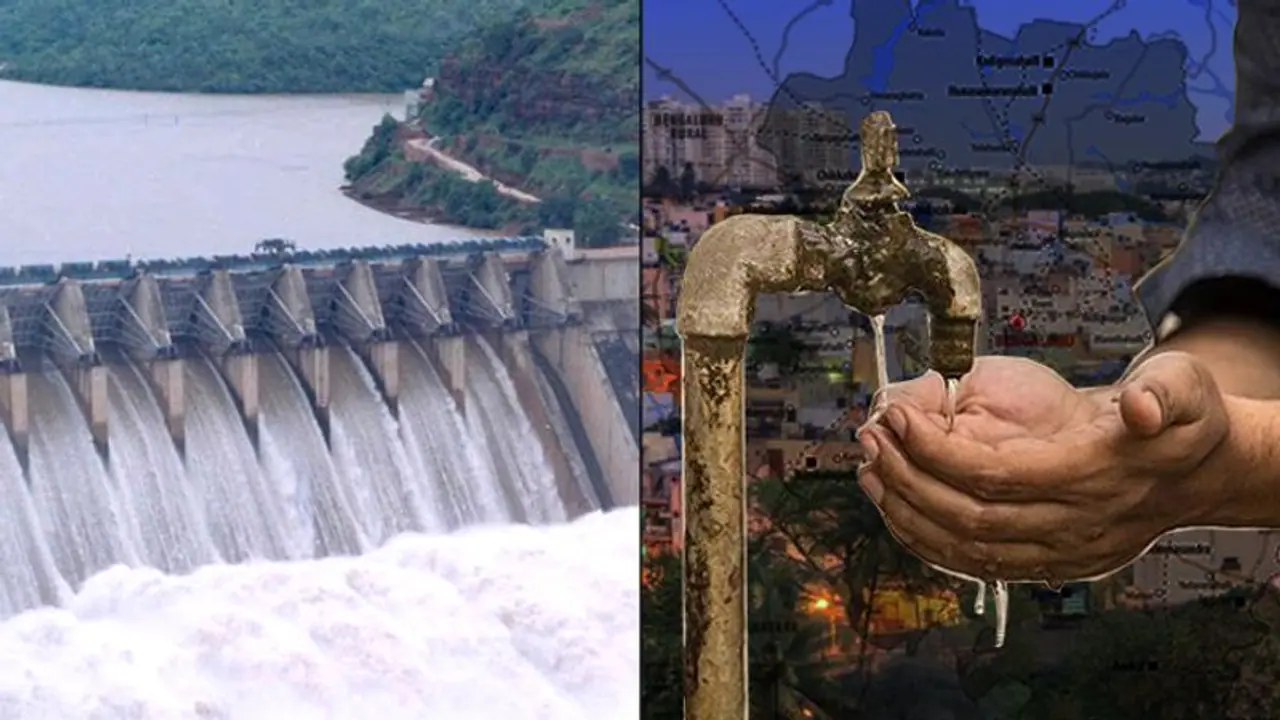Water has become the new gold. To meet Bengaluru’s water demands, the Karnataka government is planning to draw water from Linganamakki reservoir in Shivamogga. But experts say it is ill-conceived and doesn’t serve the purpose.
Bengaluru: With rapid urbanisation, rampant concretisation and unchecked population growth in the garden city, water has indeed become scarce.
Parched throats, serpentine queues and dried up lands are becoming a common phenomenon. On its part, to ameliorate the situation, the Karnataka government is indeed doing its bit. And one of the most ambitious projects up its sleeve is to bring water to the garden city from the Linganamakki reservoir built across the river Sharavathi in the idyllic Shivamogga, Karnataka.
Well, none doubts the sincerity of the government to slake thirsts, but is the project feasible or is it just another white elephant?
A closer look at the project reveals that, in the first place, the water in the Linganamakki reservoir will have to be transported to the city involving a distance of 300 kilometres. That itself is not feasible. Two, installation of pipelines from the reservoir to the city is again, complex and completely unnecessary. Three, when the people of the region are themselves short of water, many wonder if the government is robbing Paul to pay Peter!
Many are so sceptical of the move that they see it as a ploy to mint public money as well. With contractors, consultants and corrupt engineers at work, it will only result in looting of public money.
But what is the way out? Scientists from the IISc say the solution lies in three Rs – Rejuvenation, Retention and Recycle.
Rejuvenation of lakes, wetlands and watersheds helps water preservation, while retention of underwater sources, lakes and wetlands followed by recycling and reusing water to meet domestic usage demands play a great role in conserving water.
Lastly, experts say that the city has enough water to meets its demands. As per available statistics, the water available in the city is 30.85 tmcft per year and the domestic demand is 2.05 tmcft. Therefore, they opine there is no water shortage.
